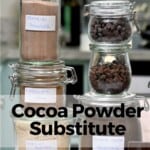This post may contain affiliate links. Please read our disclosure policy.
If you’re craving something chocolatey but don’t have cocoa powder, try one of these easy cocoa powder substitutes instead.
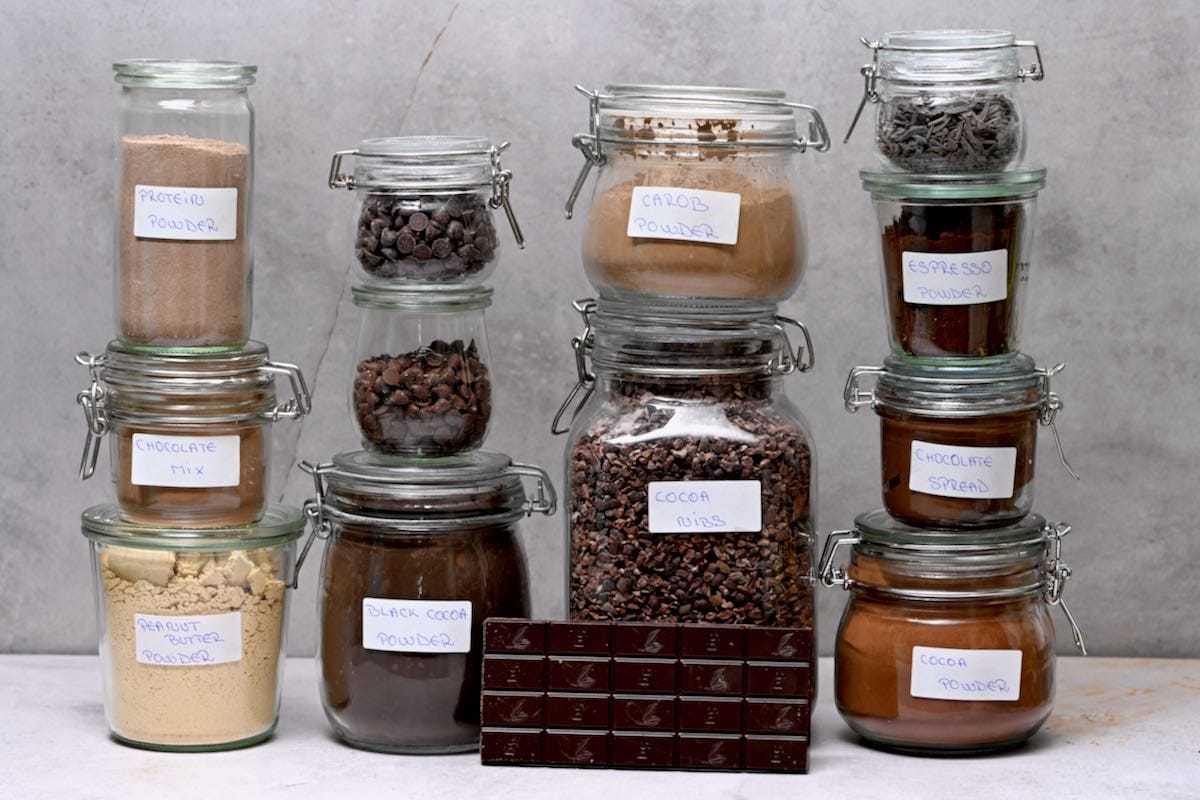
Want to save this recipe?
Table of Contents
- What is cocoa powder?
- Considerations when replacing cocoa powder
- Raw cacao powder
- Dutch process cocoa powder
- Dark chocolate
- Baking chocolate
- Chocolate chips
- Hot chocolate mix
- Chocolate syrup
- Chocolate spread
- Chocolate protein powder
- Couverture chocolate
- Cocoa nibs
- Carob powder
- Espresso powder
- Peanut powder
- The Best Substitutes for Cocoa Powder Recipe
What is cocoa powder?
An unsweetened powder that delivers a deep chocolate flavor to dishes, cocoa powder is what remains when butter fat is taken away from chocolate and then ground to a fine powder. Traditionally used in place of melted chocolate to add flavor to both sweet and savory dishes, it can come in a variety of flavors from sweet to dark.
Considerations when replacing cocoa powder
When it comes to choosing a substitute for cocoa powder, you need to consider two factors – taste and texture. Depending on your recipe, you may need a powder to ensure the batter is the correct consistency and not too runny or you may decide that your dish can use the extra flavors of liquid substitutes.
Raw cacao powder
Before cocoa powder becomes cocoa powder, its unprocessed form is raw cacao powder. Naturally packed with goodness, it delivers a more intense, richer chocolate flavor overall and makes a great addition to flourless chocolate cakes, avocado chocolate mousse, and desserts.
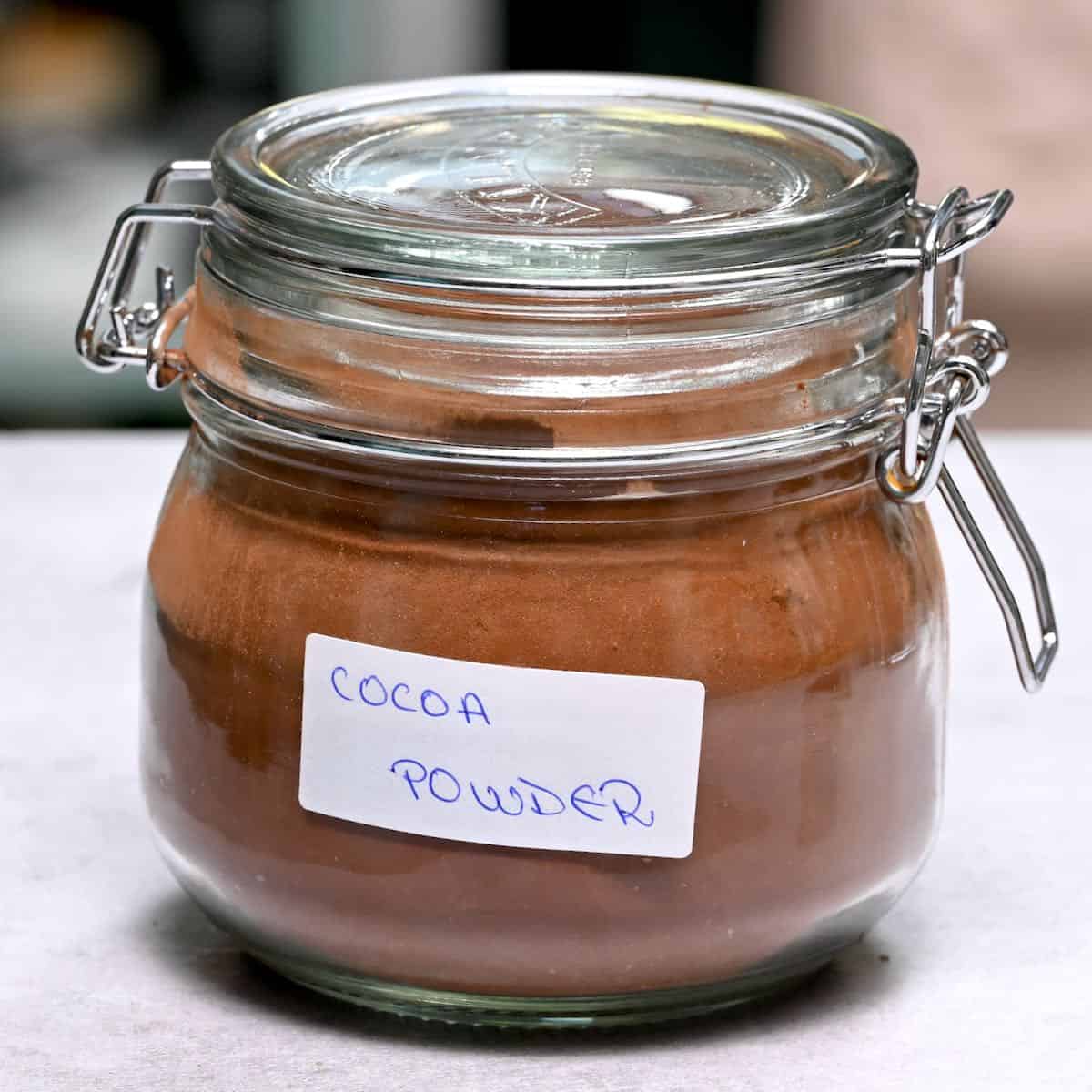
Ingredients and Measurements: Use the same amount of raw cacao powder as cocoa powder. If you prefer your dish to be sweeter, you can add a teaspoon of sugar for sweetness.
Process: Add the raw cacao powder as instructed in the recipe.
Dutch process cocoa powder
Easy to dissolve and with a slightly more bitter taste than traditional cocoa powder, Dutch process cocoa powder is alkalized to give it a darker color. This kind of cocoa powder is more common in Europe and is great for use in homemade brioche and other breads as it doesn’t react as much to rising agents like yeast.
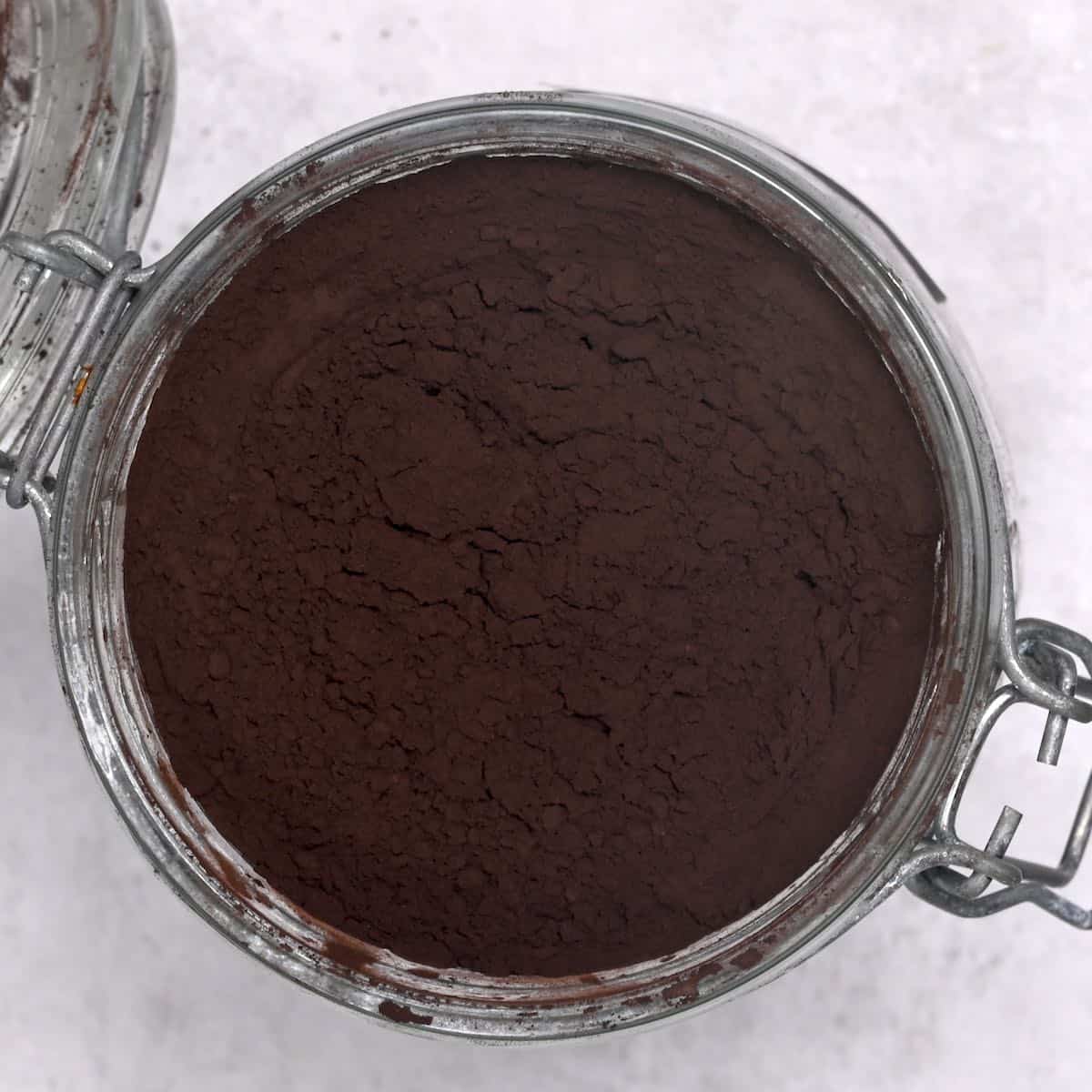
Ingredients and Measurements: To get the sweetness of standard cocoa powder, use 3 Tbsp of the Dutch press cocoa powder with 1/8 teaspoon of an acid (lemon juice, vinegar, etc). If you want to use just Dutch Press, use a ratio of 1:1 with cocoa powder.
Process: Mix the cocoa powder and acid together until you have a homogeneous texture and use as recipe directs.
Dark chocolate
For the best cocoa powder substitute in solid form, a high percentage dark chocolate is an optimal option. Not only does it bring a richer, intense and slightly bitter flavor that off-sets the sweetness of cholate Mars cake and chocolate chip cookies, but it has more cocoa solids included than sugar.
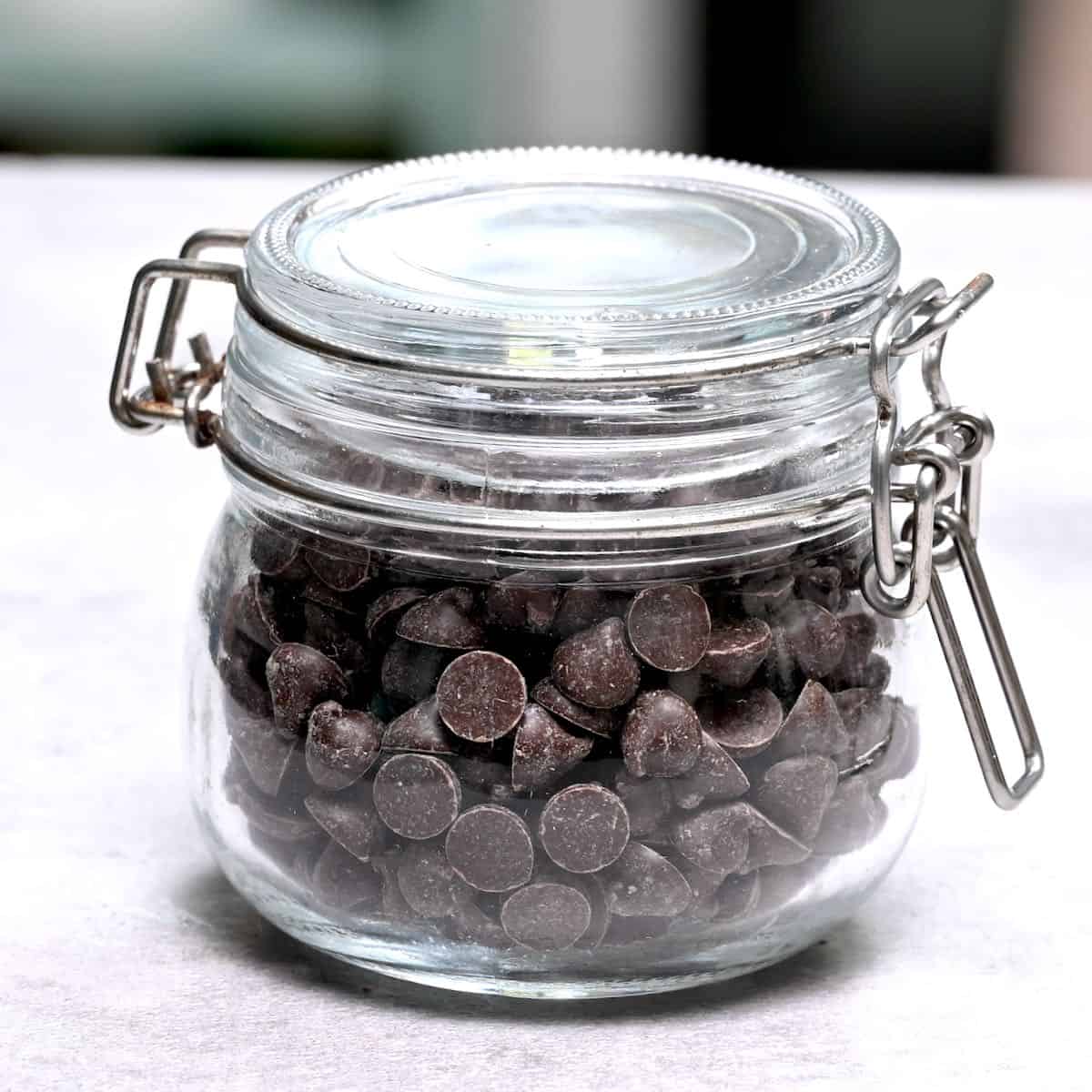
Ingredients and Measurements: The amount of dark chocolate you use will depend on what percentage of dark chocolate you use – the higher the percentage, the less you need.
Process: Melt your dark chocolate either in short bursts in the microwave or over a bain-marie on the stove. Add to your dish as the recipe directs.
Baking chocolate
Made specifically for baking, cooking chocolate has a high percentage of cocoa solids and less sugar so using it won’t impact the ratios of your other recipe ingredients and bring richness and depth to your recipes.
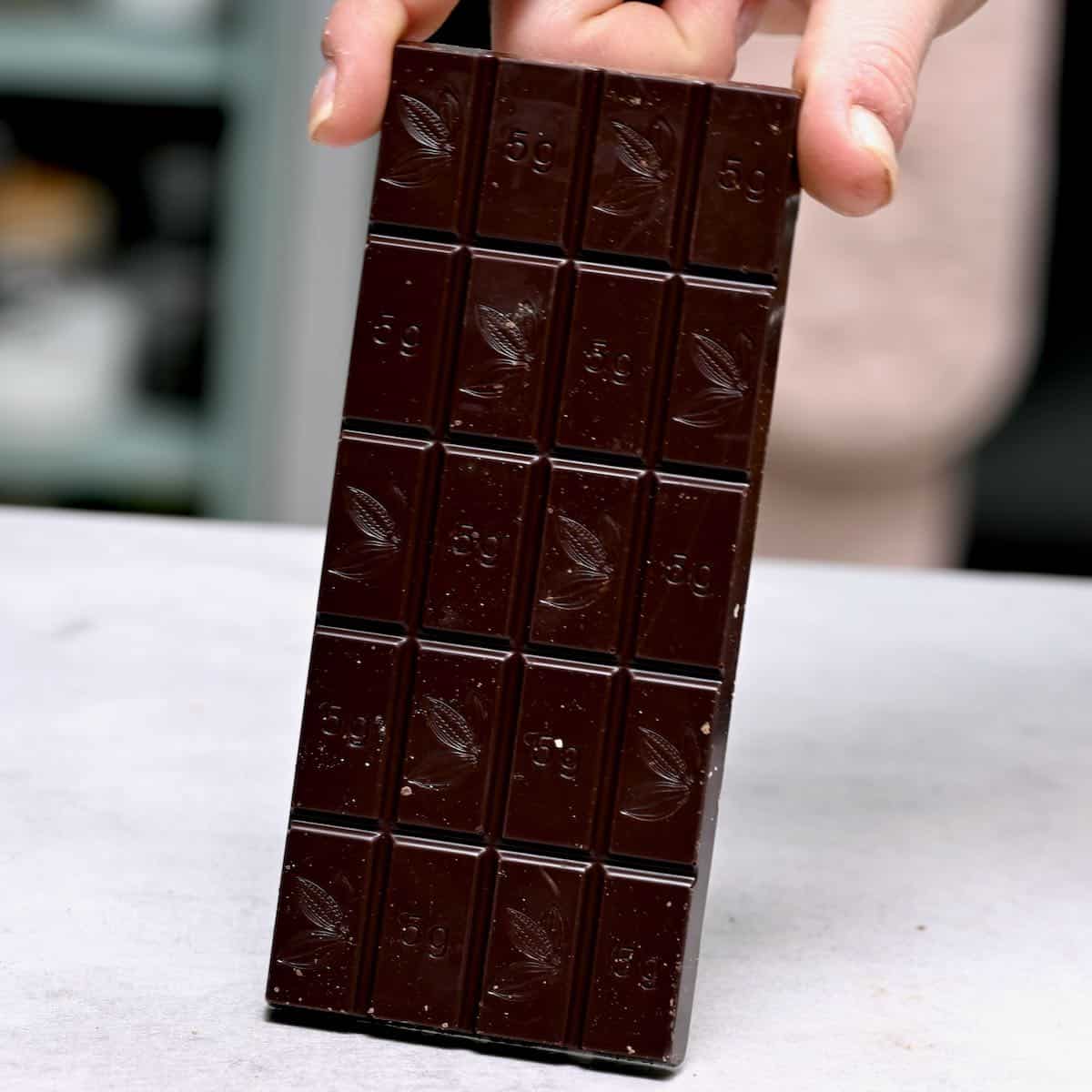
Ingredients and Measurements: Use 1 less Tbsp of baking chocolate to cocoa powder than your recipe calls for e.g use 2 Tbsp dark chocolate if your recipe says 3 Tbsp.
Process: Melt the baking chocolate in short bursts in the microwave or in a bowl over a saucepan of hot water (a bain-marie), then add to recipe as instructed.
Chocolate chips
Working best where small bursts of chocolate flavor make the recipe even more delicious – think muffins, loaf cakes, and chocolate chip oatmeal cookies – chocolate chips can carry extra flavors and retain their shape when cooked. They’re also much sweeter than block chocolate.
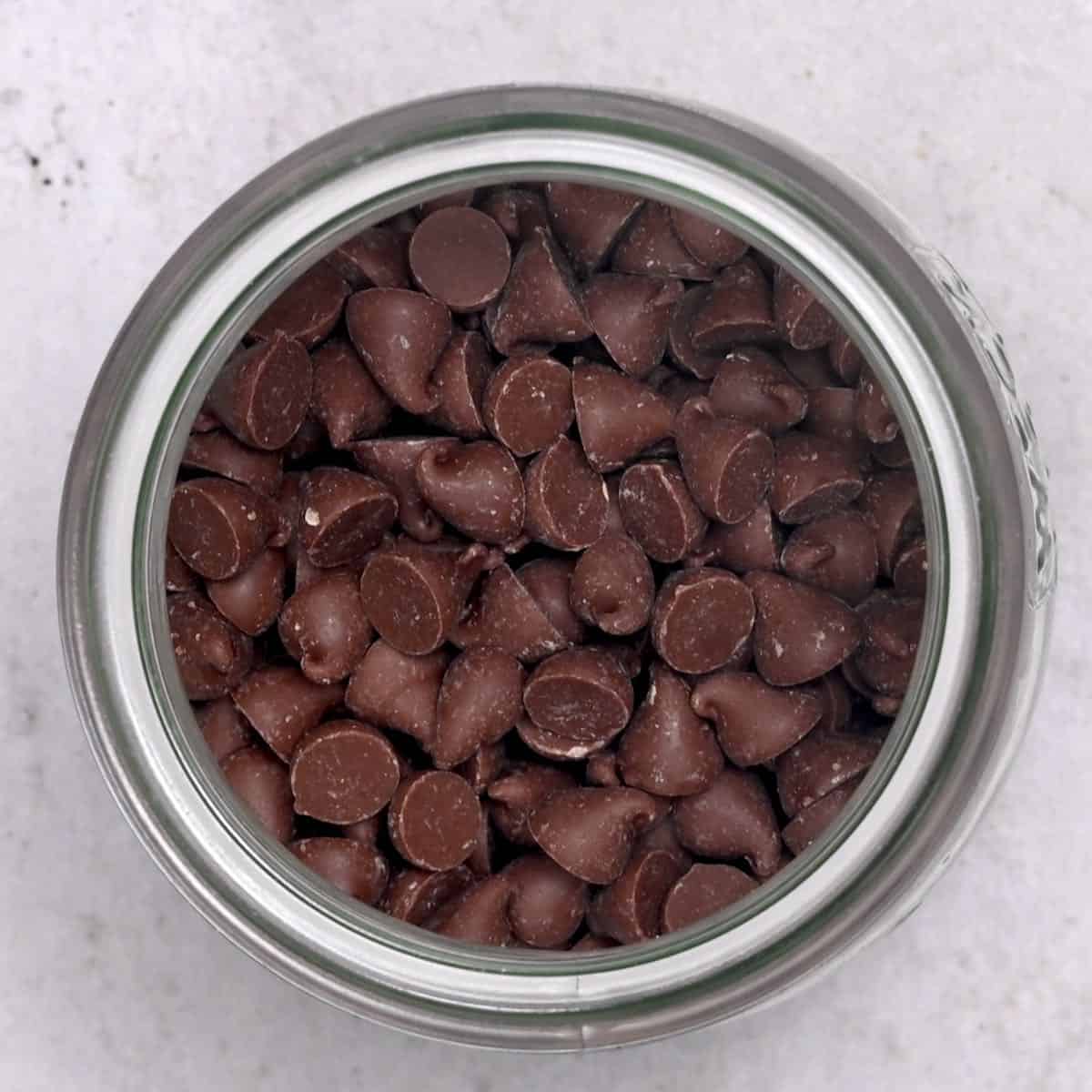
Ingredients and Measurements: Substitute ½ cup of chocolate chips for around 3 tablespoons of cocoa powder.
Process: You can add the chocolate chips as they are to your recipe or melt them as you would block chocolate in the microwave or on the stove.
Hot chocolate mix
In a pinch, you can use that forgotten tub of hot chocolate mix instead of cocoa powder in your baking! Whether it’s Milo, Hershey’s, or homemade hot chocolate mix, with its perfect texture and sweetened flavor, it makes an excellent cocoa powder substitute.
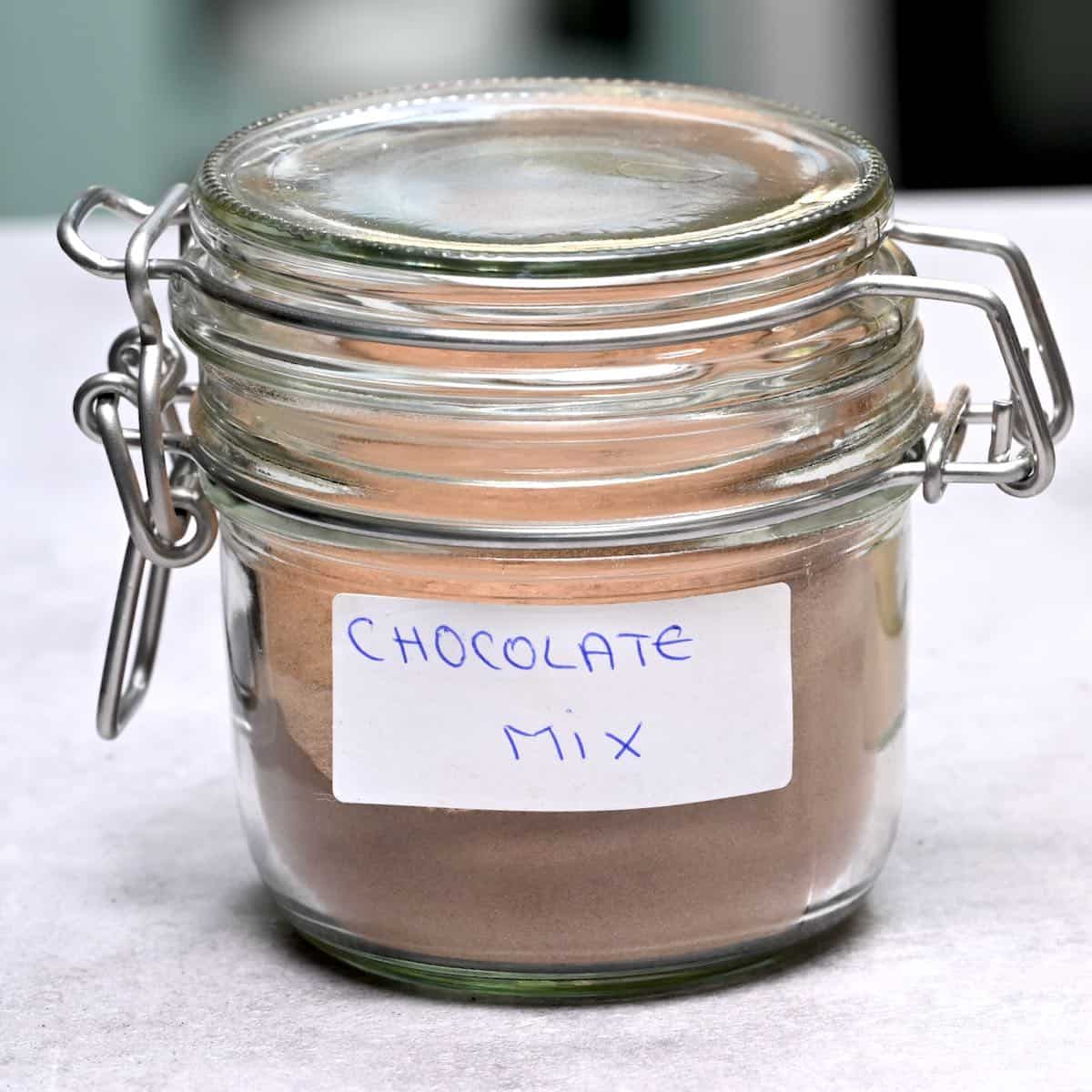
Ingredients and Measurements: Use a ratio of 2:1 – for every 1 Tbsp of cocoa powder, use 2 Tbsp of hot chocolate mix. You may need to adjust the amount of sugar.
Process: Add the hot chocolate mix as the recipe instructs.
Chocolate syrup
Thick and very sweet, chocolate syrup tends to have more sugar and a high cocoa content that makes it a great cocoa powder substitute. Depending on the brand you use, your ratios will differ, but its sweet flavor will work well with really sweet chocolate recipes.
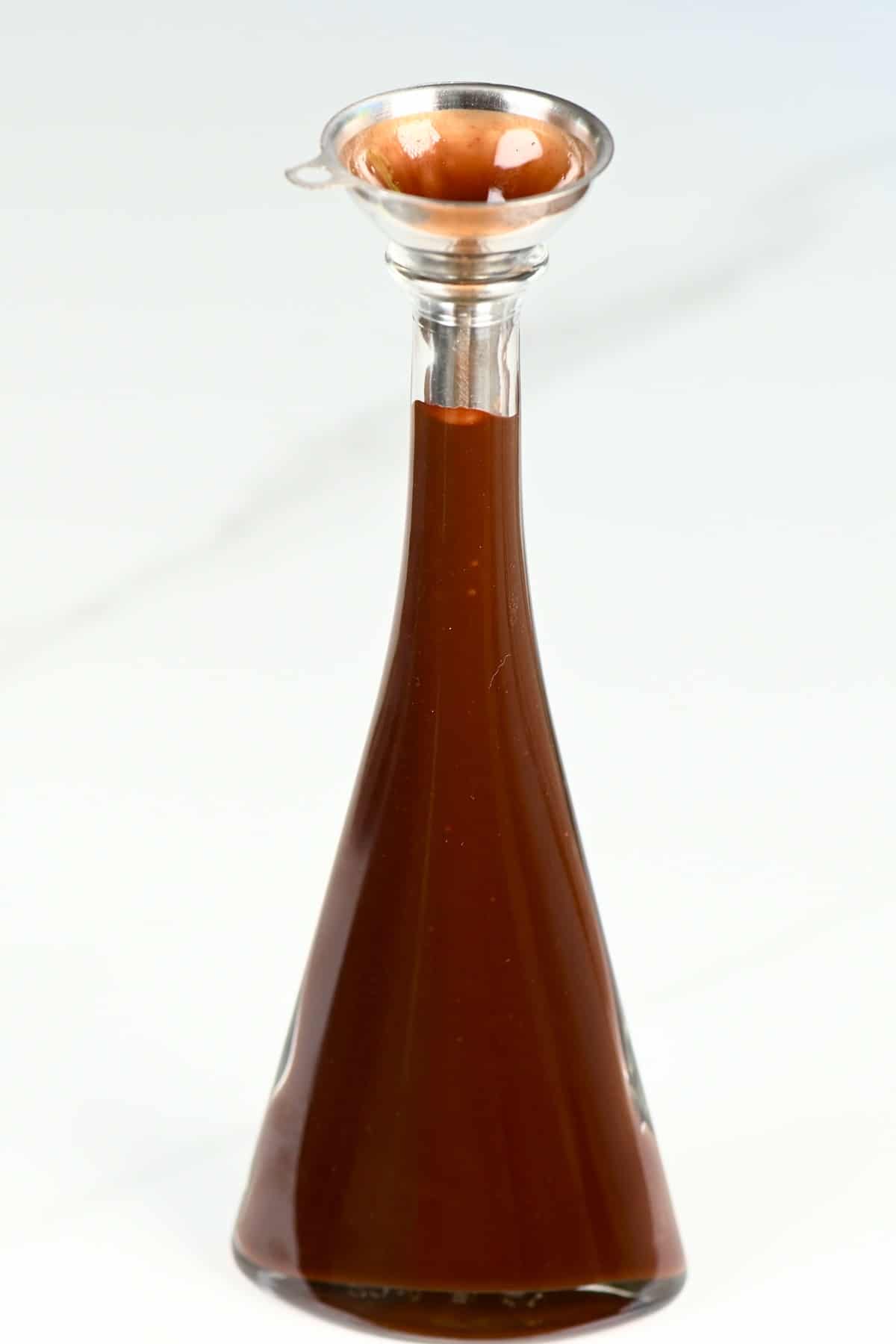
Ingredients and Measurements: Measure in tablespoons of syrup and taste the mix to determine whether you need more or to adjust the levels of sugar in the recipe.
Process: Add a tablespoon of chocolate syrup at a time and taste until it reaches your desired sweetness.
Chocolate spread
If you’re making chocolate mug cake, chocolate spread is a sweet choice – but a delicious one. Whether you use Nutella or a spread of your choice, it’s a great way to add both chocolate flavoring and other flavors, particularly nuts.
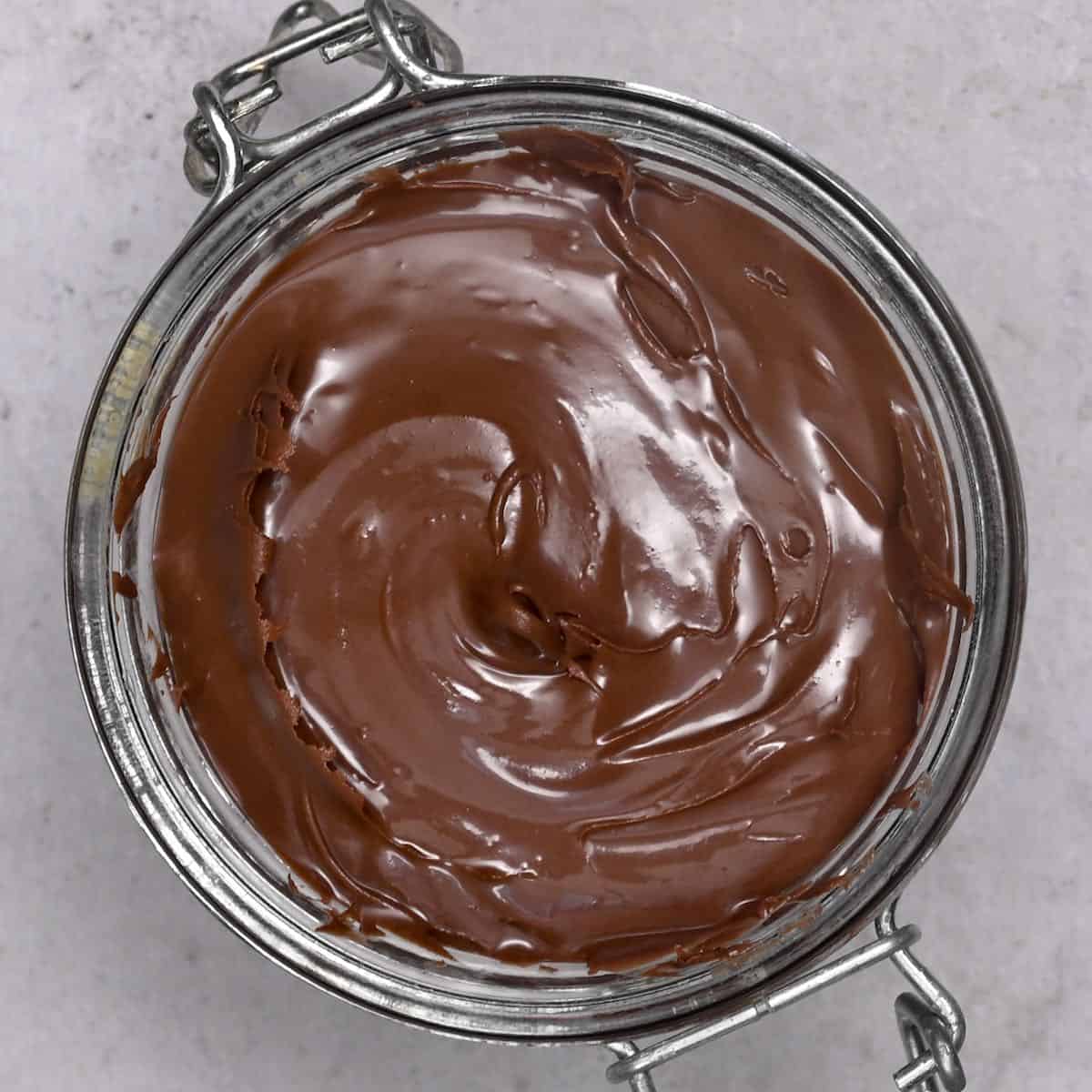
Ingredients and Measurements: Use tablespoons of chocolate spread until it reaches your desired taste – you may need to adjust the sugar content depending on how bitter you want your recipe.
Process: Add chocolate spread a tablespoon at a time, taste testing as you go. Add less or more sugar depending on the recipe.
Chocolate protein powder
Not only does chocolate protein powder have a similar texture and consistency to cocoa powder, but it’ll also add a boost of protein to chocolate overnight oats and cakes. It has a low cocoa content and generally low sugar, so you may need to add extra ingredients to get a true chocolatey flavor.
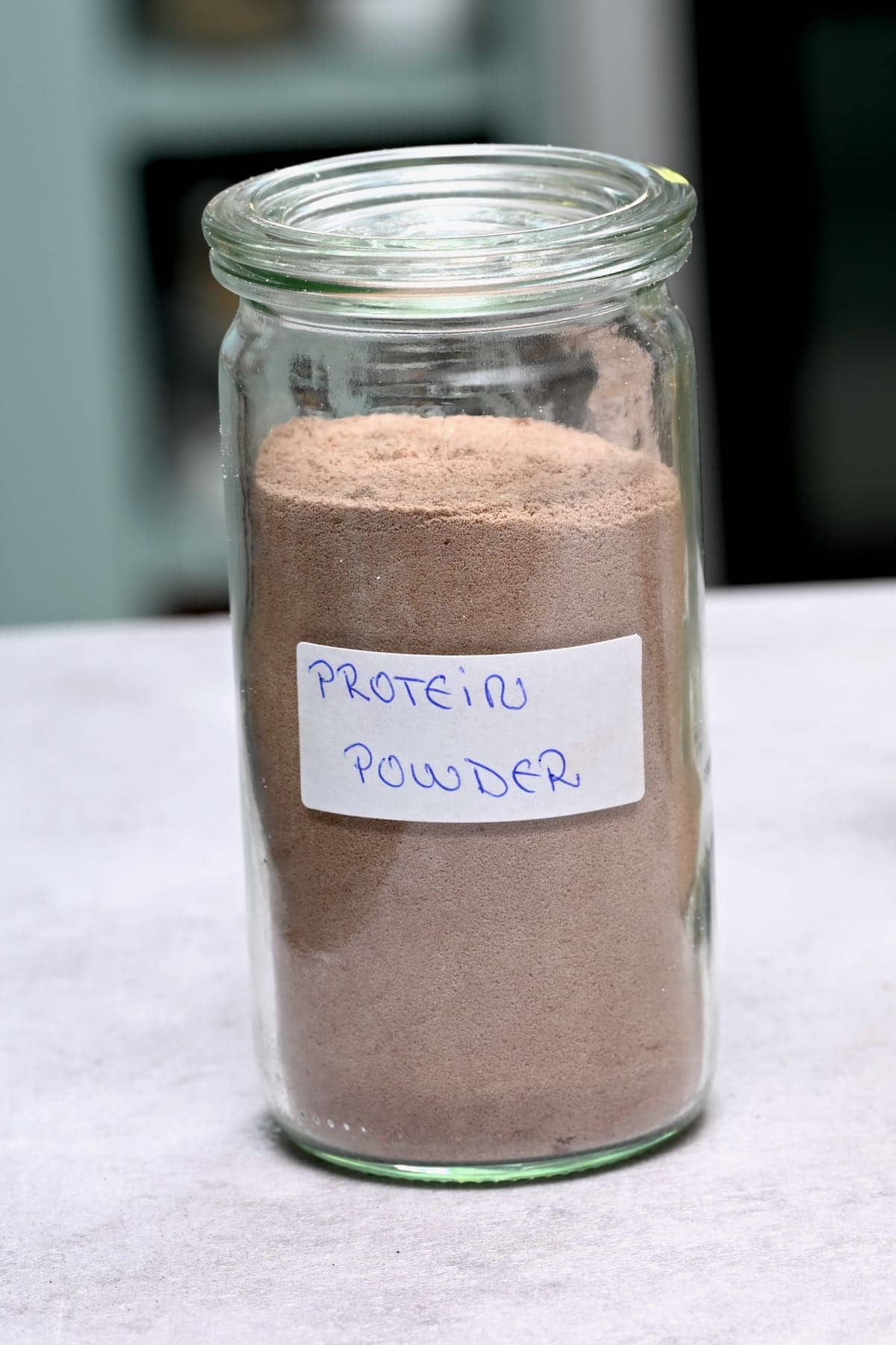
Ingredients and Measurements: Use the same measurement of chocolate protein powder as cocoa powder. You may want to add extra sugar or vanilla essence for sweetness.
Process: Add the chocolate protein powder as the recipe instructs.
Couverture chocolate
Couverture chocolate has a higher percentage of cocoa solids than traditional baking or eating chocolate and is most frequently used for tempering chocolate. Use as a cocoa powder substitute for making chocolate ganache, dips or homemade filled chocolates – anything where you want a shiny finish.
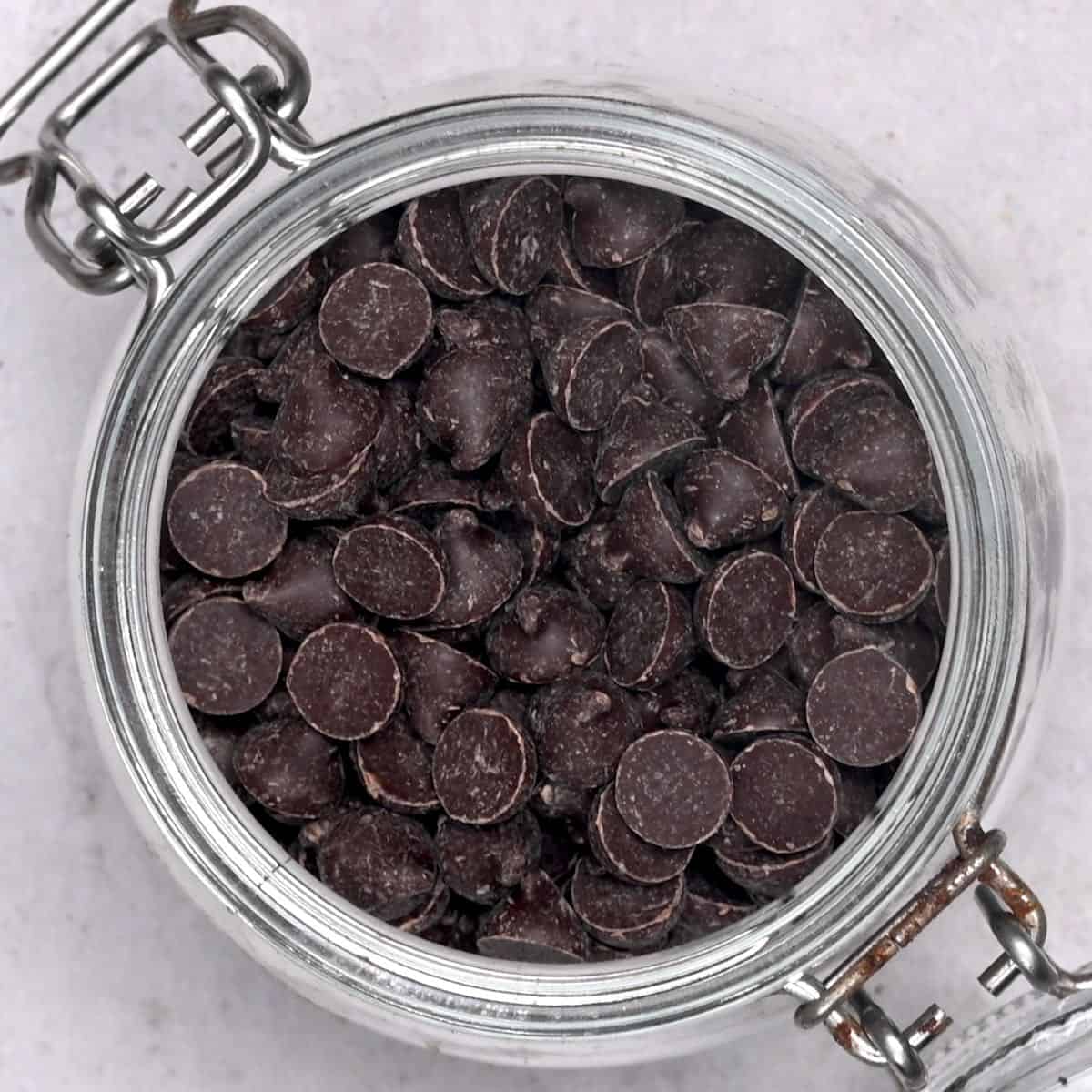
Ingredients and Measurements: Use 2 tablespoons of couverture chocolate for every 3 tablespoons of cocoa powder. It has a higher amount of cocoa solids, so you’ll need to adjust the amount of fat in your recipe.
Process: Melt the chocolate in short bursts in the microwave or on the stovetop, then add to the recipe as instructed.
Cocoa nibs
With their soft and crunchy texture, cocoa nibs can be ground down to mimic the texture of cocoa powder. High in antioxidants, they have a rich, almost bitter chocolate flavor with little sweetness, so they work great for both sweet and savory recipes.
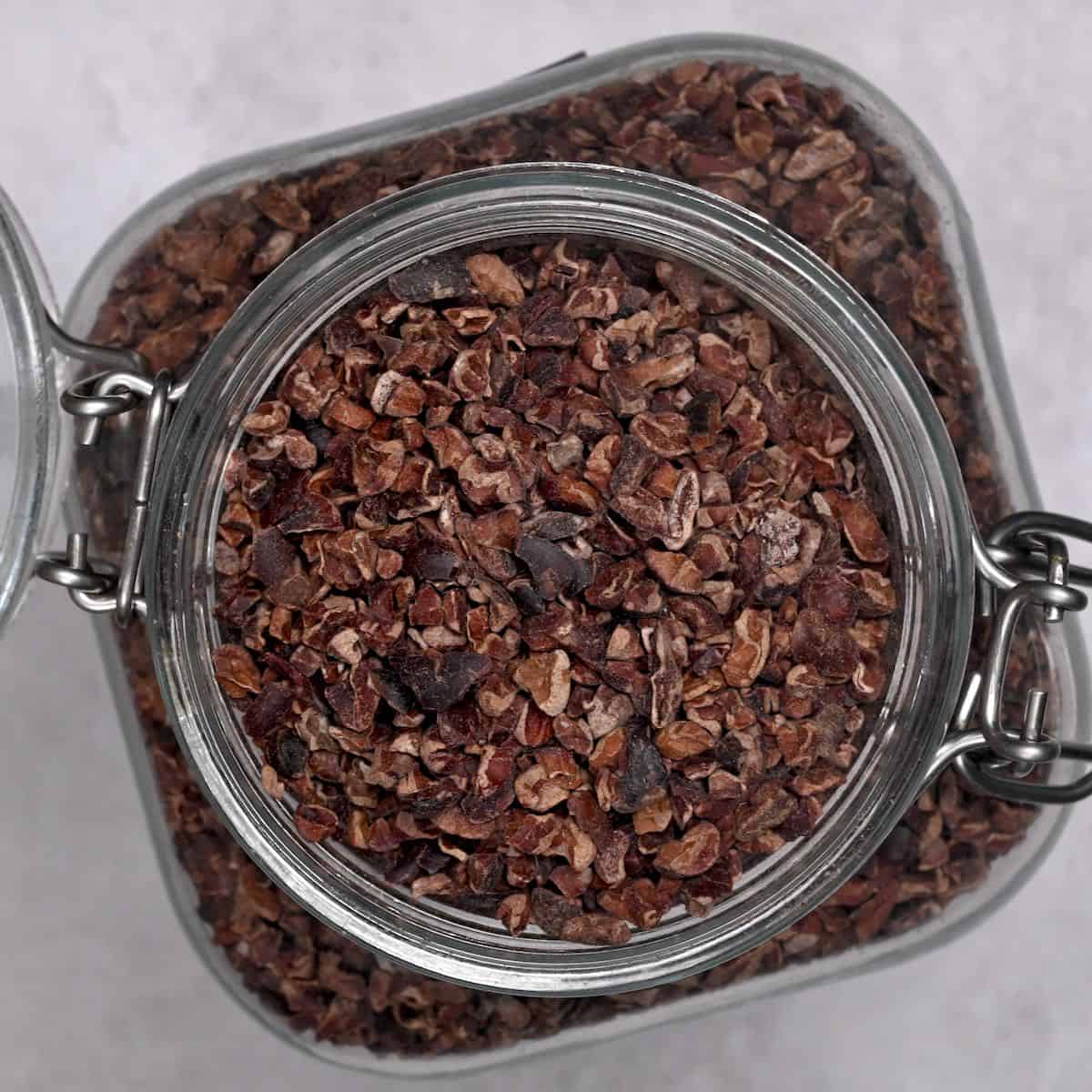
Ingredients and Measurements: Use equal amounts of ground cocoa nibs for cocoa powder.
Process: Grind the cocoa nibs into a powder using a good blender, food processor, or coffee grinder. Stir into the recipe as instructed.
Carob powder
An unusual alternative, but carob powder has a similar texture to cocoa powder and has a sweeter flavor. It’s a good caffeine-free cocoa powder substitute, so it’s particularly useful if you’re sensitive to caffeine, but still want a delicious chocolate flavor.
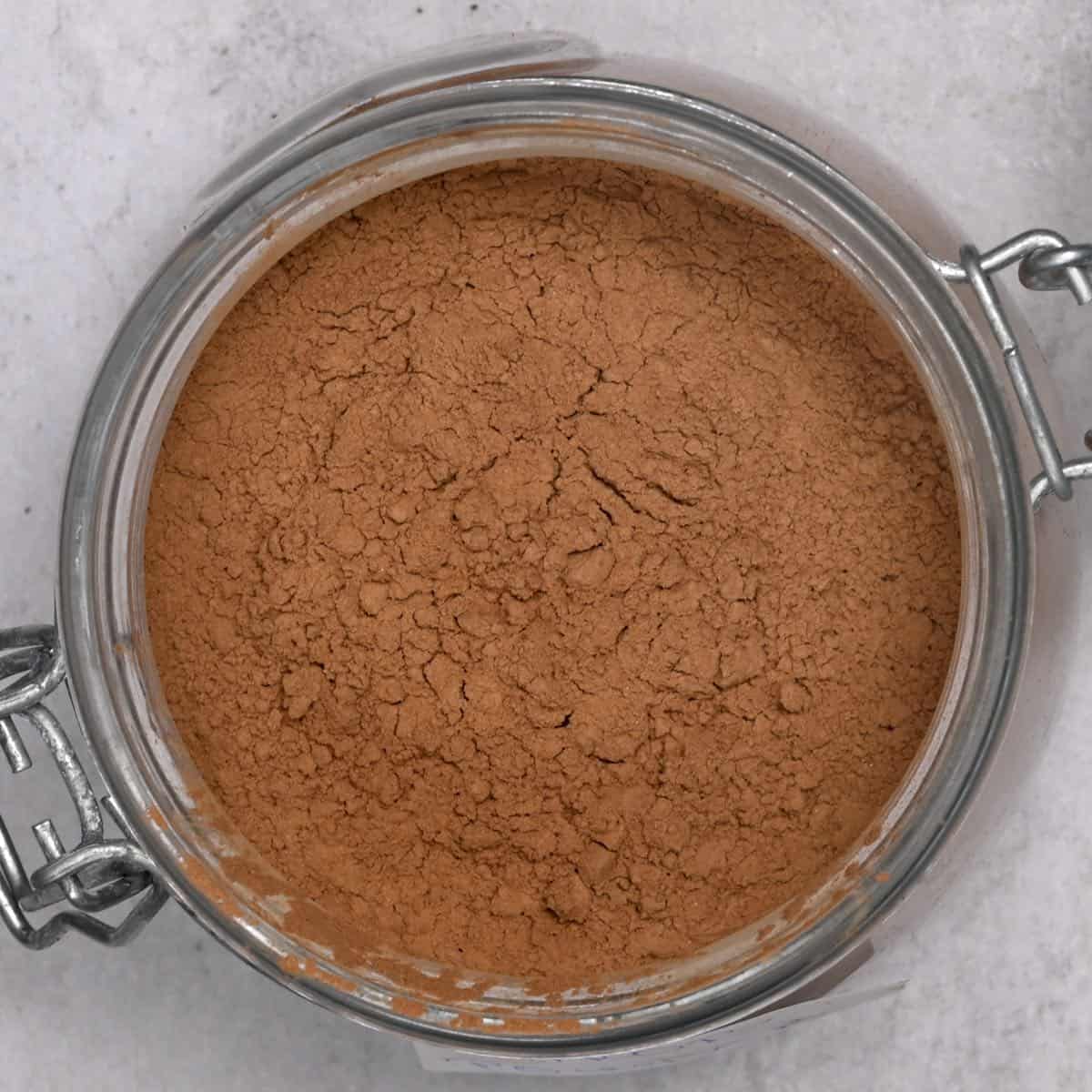
Ingredients and Measurements: Use 1 tsp of carob powder for every 1 Tbsp of cocoa powder.
Process: Add to the recipe as directed. The taste will be altered by using carob, so you may need to adjust the sweeteners as needed.
Espresso powder
Coffee is frequently paired with chocolate in baking recipes as the richness and depth enhance the chocolatey flavor. Use espresso powder over cocoa powder for a more acidic, slightly bitter taste – you can even add vanilla essence or chocolate syrup for extra sweetness.
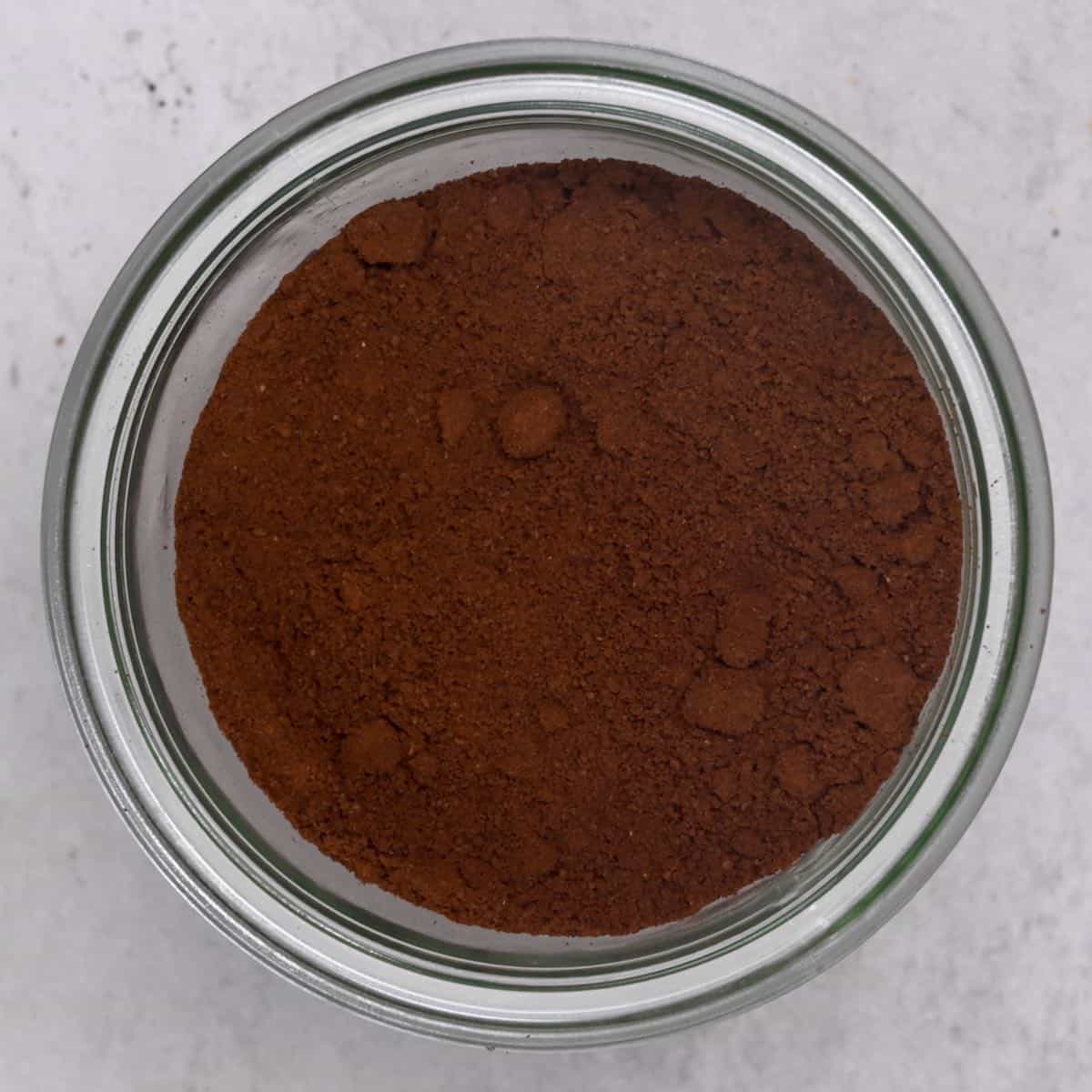
Ingredients and Measurements: Use equal amounts of espresso powder as you would cocoa powder.
Process: You can add the espresso powder directly as the recipe requires or, alternatively, pour hot water over the powder and add the liquid to the mix.
Peanut powder
Particularly good if you’re incorporating chocolate and nuts together, peanut powder has a fine, crumbly texture that works well for chocolate (like homemade Twix bars) or fruit and nut bars. It’s also considerably sweeter than traditional cocoa powder, so you’ll need to adjust your recipe.
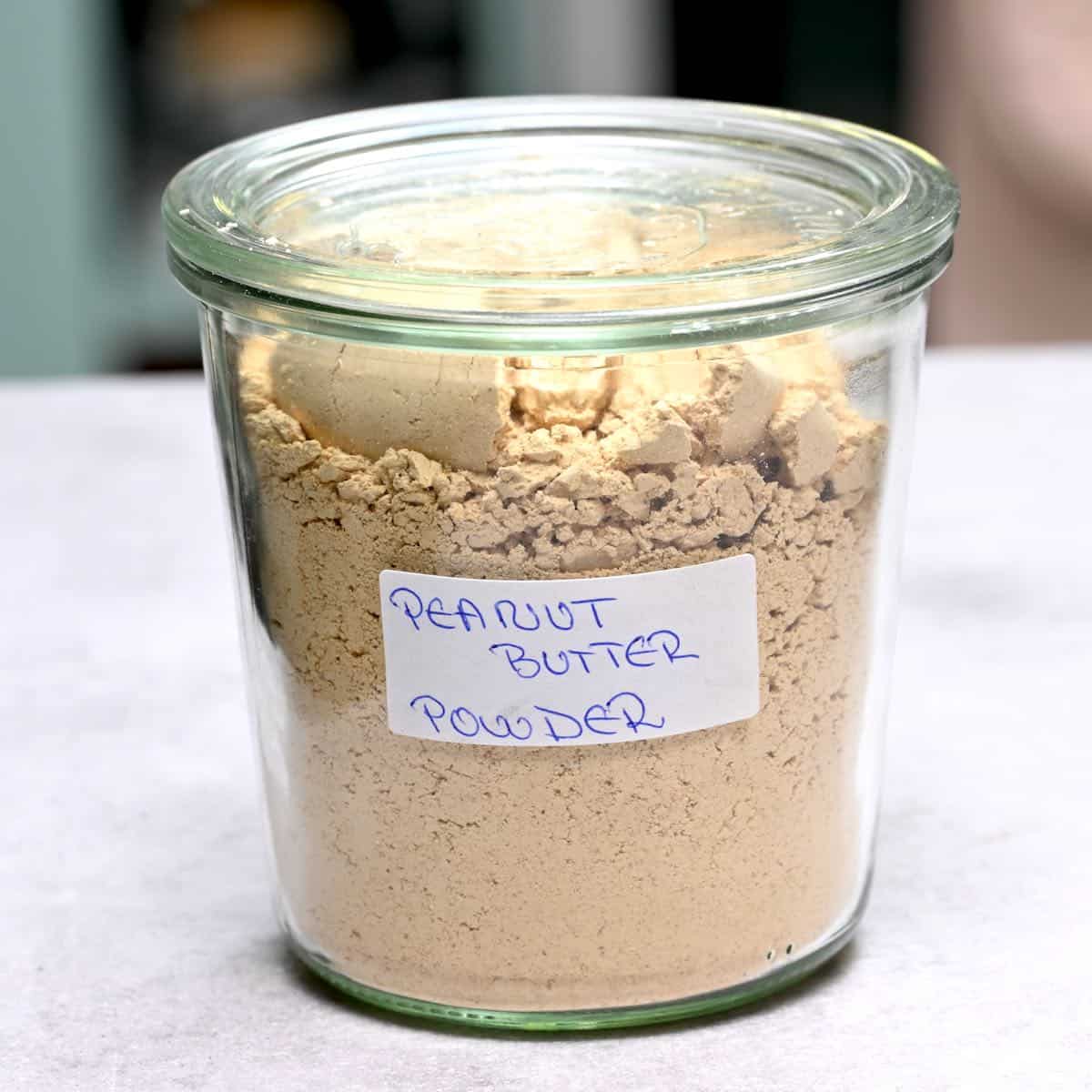
Ingredients and Measurements: Use 1 ½ times more peanut powder than required cocoa powder.
Process: Add the peanut powder as the recipe instructs.
If you try any of these substitutes, let me know how it goes in the comments below. I’d appreciate a recipe card rating and would love to see your recipe recreations – tag me on Instagram @Alphafoodie!
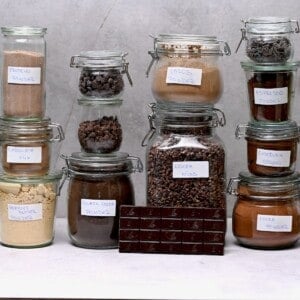
The Best Substitutes for Cocoa Powder
Ingredients
To substitute
- 3 Tbsp cocoa powder
Instructions
Raw cacao powder
- Use 3 Tbsp of raw cacao powder. If you prefer your dish to be sweeter, you can add a teaspoon of sugar for sweetness. Add to recipe as instructed.
Dutch process cocoa powder
- Use 3 Tbsp of Dutch press cocoa powderTo get the sweetness of standard cocoa powder, use 3 Tbsp of the Dutch press cocoa powder and 1/8 tsp of an acid (lemon juice, vinegar, etc). Mix the powder and acid, then use.
Dark chocolate
- The amount of dark chocolate you use will depend on what percentage of dark chocolate you use – the higher the percentage, the less you need. Melt your dark chocolate either in short bursts in the microwave or over a bain-marie on the stove. Add to your dish as the recipe directs.
Baking chocolate
- Use 1 less Tbsp of baking chocolate to cocoa powder than your recipe calls for. E.g. use 2 Tbsp baking chocolate if your recipe says 3 Tbsp. Melt the baking chocolate in short bursts in the microwave or in a bowl over a saucepan of hot water (a bain-marie), then add to the recipe as instructed.
Chocolate chips
- Use ½ cup of chocolate chips. You can add the chocolate chips as they are to your recipe or melt them as you would block chocolate in the microwave or on the stove.
Hot chocolate mix
- Use 6 Tbsp of hot chocolate mix. You may need to adjust the amount of sugar for sweeter recipes. Add the hot chocolate mix as the recipe instructs.
Chocolate syrup
- Use 2-3 Tbsp of chocolate syrup and taste the mix to determine whether you need more or to adjust the levels of sugar in the recipe. Add a tablespoon of chocolate syrup at a time and taste until it reaches your desired sweetness.
Chocolate spread
- Use 2-3 Tbsp of chocolate spread until it reaches your desired taste – you may need to adjust the sugar content depending on how bitter you want your recipe. Add the chocolate spread a tablespoon at a time, taste-testing as you go. Add less or more sugar depending on the recipe.
Chocolate protein powder
- Use 3 Tbsp of chocolate protein powder. You may want to add extra sugar or vanilla essence for sweetness. Add the chocolate protein powder as the recipe instructs.
Couverture chocolate
- Use 2 Tbsp of couverture chocolate. It has a higher amount of cocoa solids, so you’ll need to adjust the amount of fat in your recipe. Melt the chocolate in short bursts in the microwave or on the stovetop, then add to the recipe as instructed.
Cocoa nibs
- Use 3 Tbsp of ground cocoa nibs. Grind the cocoa nibs into a powder using a good blender, food processor, or coffee grinder. Measure and stir into the recipe as instructed.
Carob powder
- Use 3 tsp of carob powder. Add to the recipe as directed. The taste will be altered by using carob, so you can adjust sweeteners as needed.
Espresso powder
- Use 3 Tbsp of espresso powder. You can add the espresso powder directly as the recipe requires or pour hot water over the powder and add the liquid to the mix.
Peanut powder
- Use 1 ½ times more peanut powder than the required cocoa powder. Add the peanut powder as the recipe instructs.

